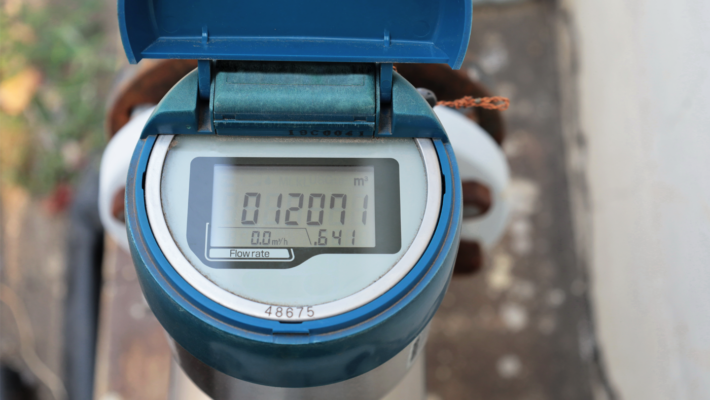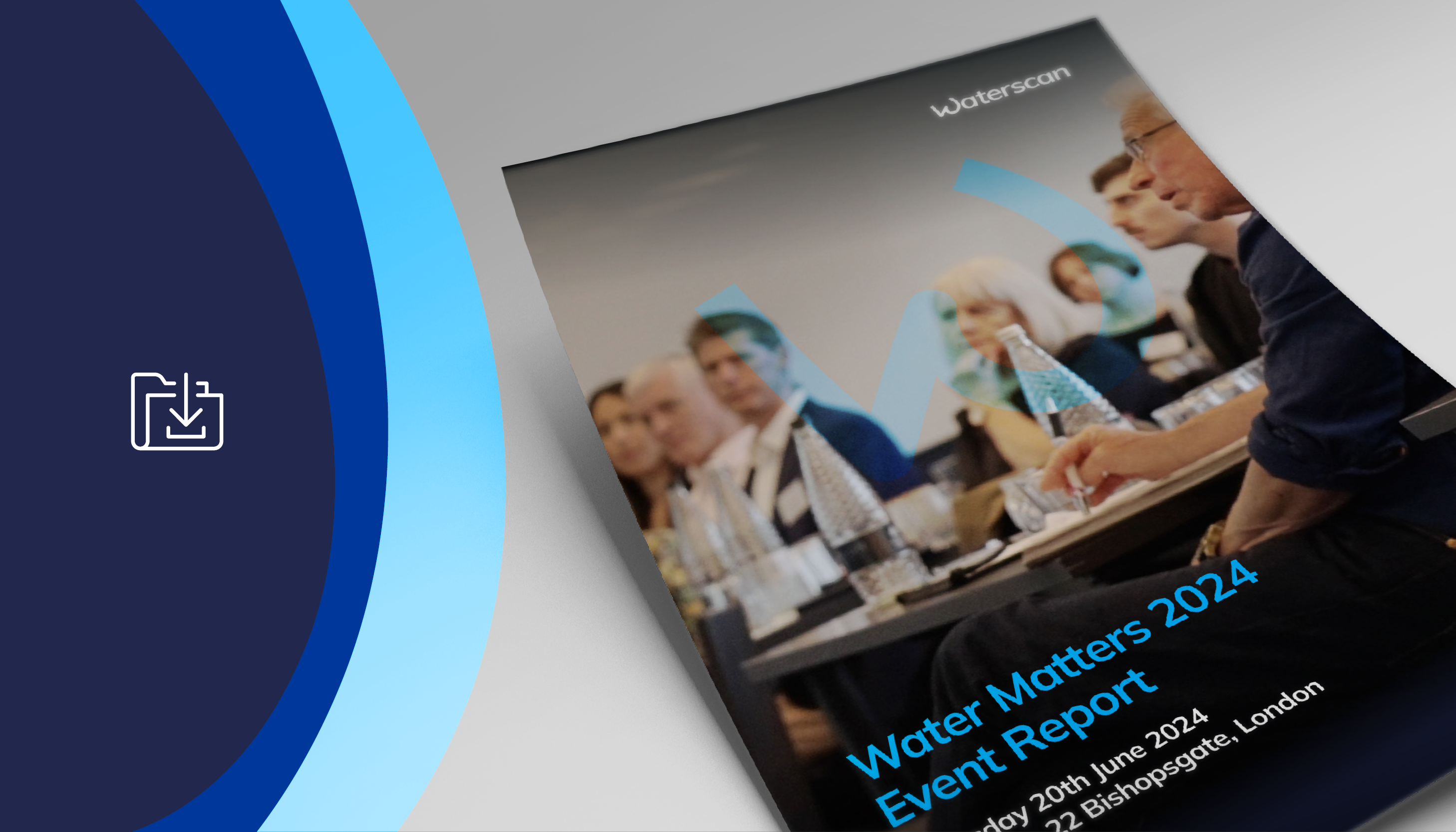Although smart metering for gas and electricity is fast becoming the norm, the adoption of smart meters across UK water networks remains in its infancy.
This is likely to be because of the relatively high cost of energy when compared to water, driving customers to prioritise spend in this way.
However, the organisations that are embracing smart water meter reading technologies are not just saving money; they are also taking positive action to improve water efficiency in line with increasingly urgent stakeholder demands to build water into sustainability and resilience plans.
This quick guide covers the basics, and benefits, of smart water metering in just a few minutes.
What is smart water metering?
There are a few ways to approach smart water metering, each option offering a range of functionality, cost, and benefits, but their primary function is to transmit water usage data more efficiently than conventional manual meter reading. They do this via sensors which monitor water flow at the point of supply and by recording pulse frequencies digitally to deliver close to real-time water usage data.
What is the difference between AMI, AMR and smart metering?
The various terms are often confused.
Automated Meter Interfaces (AMI) is the collective term for the whole sphere of technology that is designed to collect water consumption data consistently, efficiently and accurately.
Automatic Meter Readers (AMR) are devices that are retrofitted to existing water meters, rather than replacing them.
Smart meters are water meters which have integrated AMR, used at new sites and as replacements for old water meters.
How are these meters powered?
Most smart water meters are powered by long-lasting batteries. To guard against any loss of performance, these batteries should be checked as part of routine maintenance programmes.
How do they communicate?
Smart water meters are fitted with SIM cards and transmit data digitally via mobile networks, so they can be rolled-out more easily than technologies that need Wi-Fi connections.
How are the meters read?
Smart water meters eliminate the need for physical checks as readings are digital and in real time. With access to software which integrates with the meters, such as Waterscan’s platform Waterline, this data can be quickly collated and checked against bills for accuracy. This data will also provide the actionable insight needed to understand where water could be being lost to leakage and where opportunities for cost and consumption efficiencies lie.
Are there any disadvantages to smart metering water?
There are very few considerations but do plan well for an effective rollout. Expert guidance will help to match metering opportunities with organisational priorities for a swift return on investment and ensure that everything is set up correctly in each location. Cost savings will come from precise, accurate data which will set benchmark consumption, highlight potential leaks and unexpected usage patterns, helping to prioritise action and decision making.
Where’s the best place to start with smart water metering?
While numerous providers offer the basic technology and installation service, there’s no substitute for working with a trusted provider that understands not just the technologies but also local geographies and any catchment concerns, as well as the nuances of the commercial water market. Before choosing a partner to work with, check that arrangements for routine maintenance, on-site audits and meter communication monitoring are in line with expectations to ensure device up-time. Ask for a demonstration of any data analysis software to see how this works with the chosen water meters to make sure it will support your current and future needs, and ultimately help you make good decisions around water efficiency.




